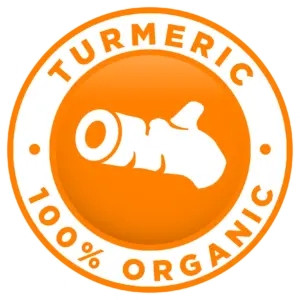




Homeopathics, Tissue Salts and Chinese Herbs
Tissue salts are minerals that were first used in homeopathic medicine by Dr. Wilhelm Schuessler in the 19th century. They’re formulated to support your body’s health and healing process by regulating your cell’s mineral levels.
Homeopathics, Tissue Salts and Chinese Herbs




Sport Nutrition
Sports nutrition is the study and practice of nutrition and diet with regards to improving anyone's athletic performance
Sport Nutrition Product Feature
Eco home product


Vitamins & Supplements
Vitamins and supplement support your body in a wide variety of ways, many of them working together. For example, vitamins E helps repair DNA while vitamins B12 helps build it.
Vitamins & Supplements Feature
Impressive
Enhance the flavour of a healthy meal
enjoy good health with our Health Food and Drinks
Health Food Nutrition
Natural Body Beauty and Hair
Doesn't your body deserve the very best?
These body washes, scrubs, and self-tanners are so good.














 GELATIN HYDROLYSATE
GELATIN HYDROLYSATE









































